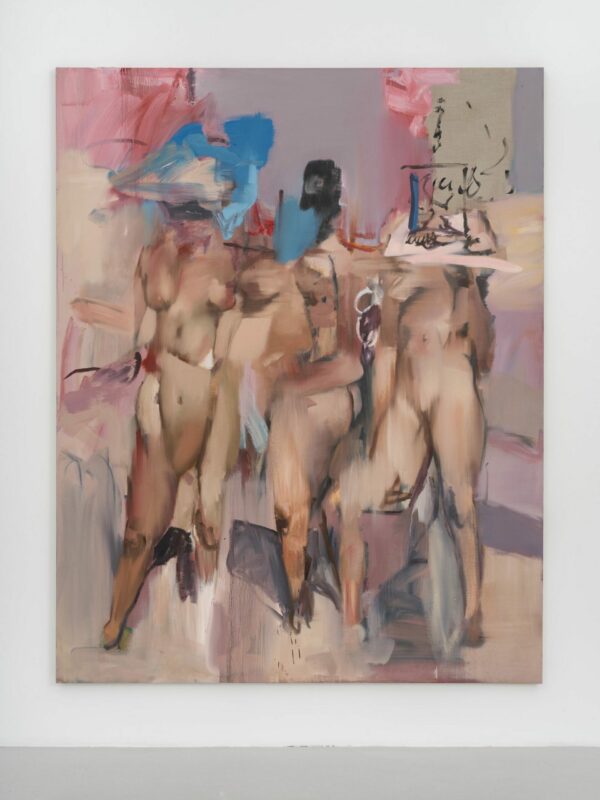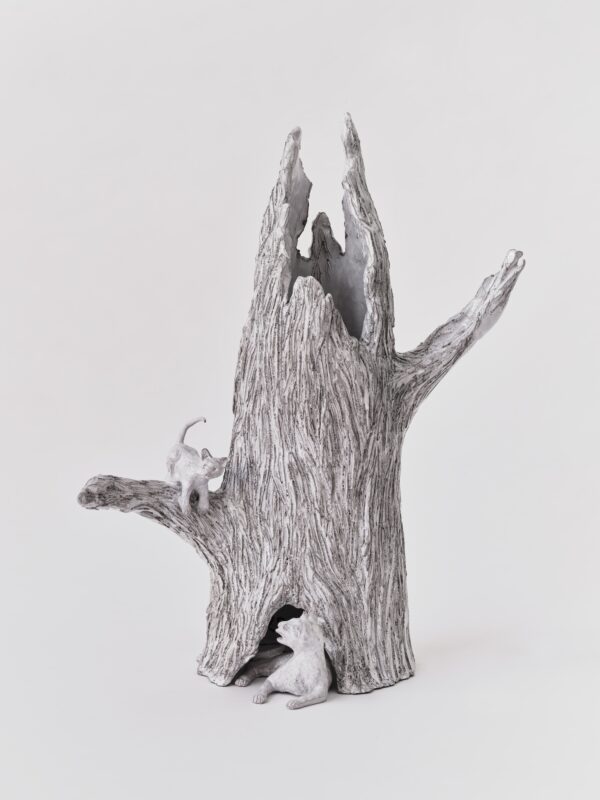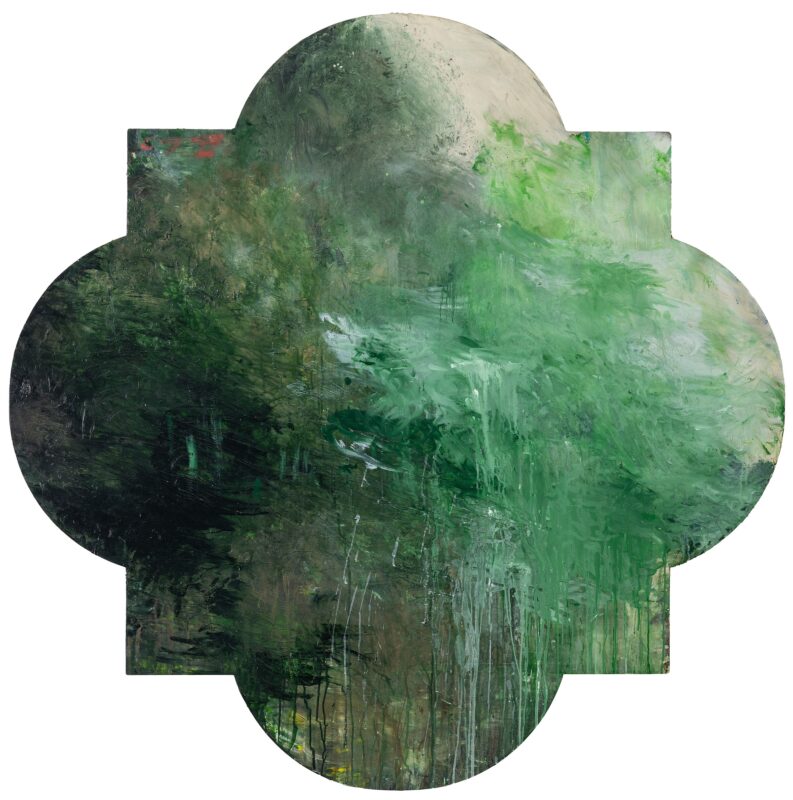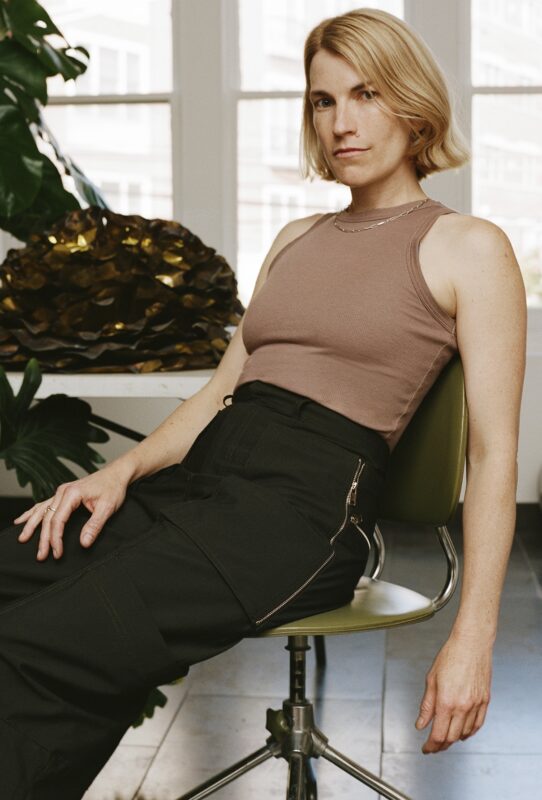I can’t understand why most people believe in medicine and don’t believe in art, without questioning either.
—Damien Hirst
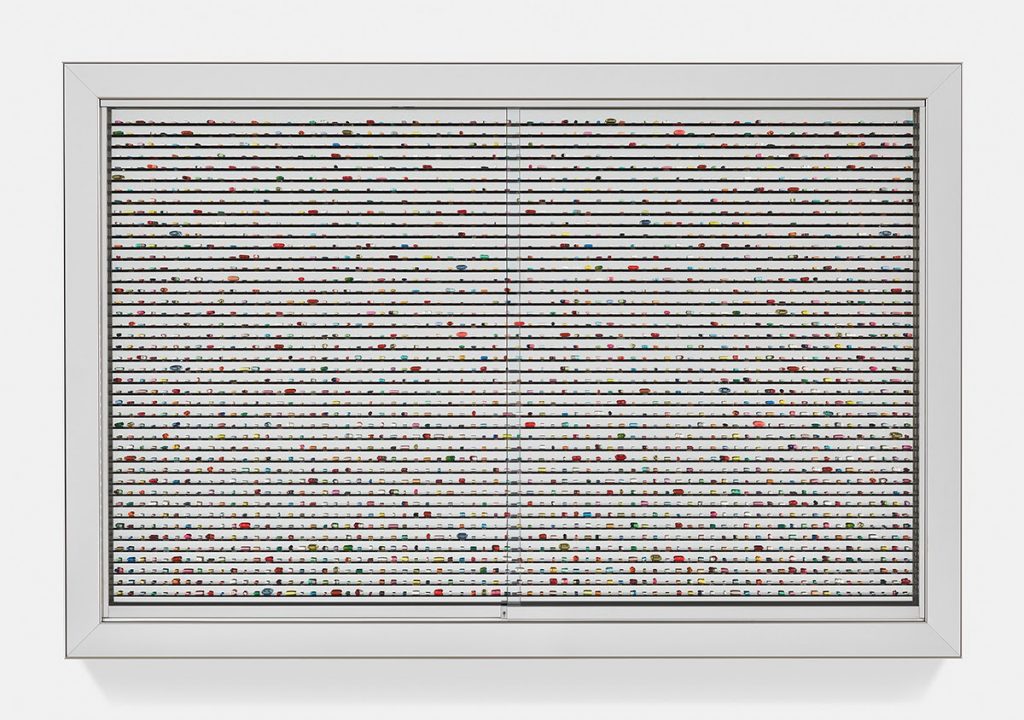
Now open Cathedrals Built on Sand is the largest exhibition of Damien Hirst’s Pill Cabinets to date. The presentation with Cherry Blossoms, on view from the presentation, is realised July 6th, 2021, to January 2nd, 2022, at the Fondation Cartier pour l’art contemporain in Paris, marking Hirst’s first solo museum exhibition in France.
For this landmark sculptural series, Hirst filled wall-mounted cabinets with arrangements of pills—some real, some fabricated from resin, metal, or plaster. Intermingling art and science, the Pill Cabinets examine the limits of human belief and confront society’s faith in drugs as a panacea. The works have taken on new significance during the COVID-19 pandemic, a testament to the enduring Hirst’s creations’ prescient nature of Hirst’s creations.
On view is Prototype for Lies (1998), the first work created in the series. Featuring open fiberboard shelves, the sculpture imbues the sterile grid of pills with a certain warmth. The Pill Cabinets as a whole evolved from Hirst’s earlier Medicine Cabinets, in which empty pharmaceutical packages are arranged on shelves, emulating the displays one might see at a drugstore. Clinical and pragmatic, yet inextricably linked to the human body, the Medicine Cabinets unite Hirst’s interest in post-Minimalist forms with Pop art–inspired commentary on commercial goods.
However, unlike the preceding body of work, the Pill Cabinets revel in playful chromatic variations that are made all the more striking by the simple shapes and rounded edges of the capsules at the heart of each work. Infusing these pared-down sculptural forms with what Hirst calls “minimalist delicious color,” the installations evoke the industrial origins of Gerhard Richter’s color charts, as well as the intimacy and seriality of Felix Gonzalez-Torres’s candy arrangements. Pills have been a part of Hirst’s artistic vocabulary for years; he is drawn to their power to convince, their symbolic combination of remedy and risk making them an ideal subject for his dichotomous focus.
While the sheer number of pills in each cabinet is designed to elicit a sense of wonder, it also raises moral questions about the commodification of healthcare. The Pill Cabinets present the pharmaceutical drug as a sort of fetish object; removed from its packaging and laid out for individual consumption, each unassuming tablet becomes a loaded promise—a seductive token of trust between the patient and the faceless medical institutions that dictate his or her well-being.
Damien Hirst, Cathedrals Built on Sand, – September 22nd, 2021 Gagosian Paris
